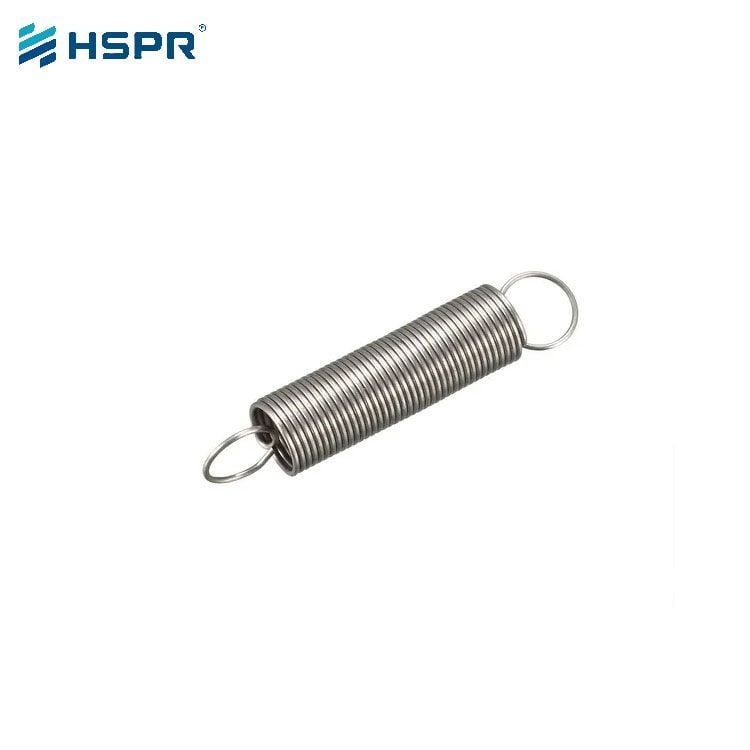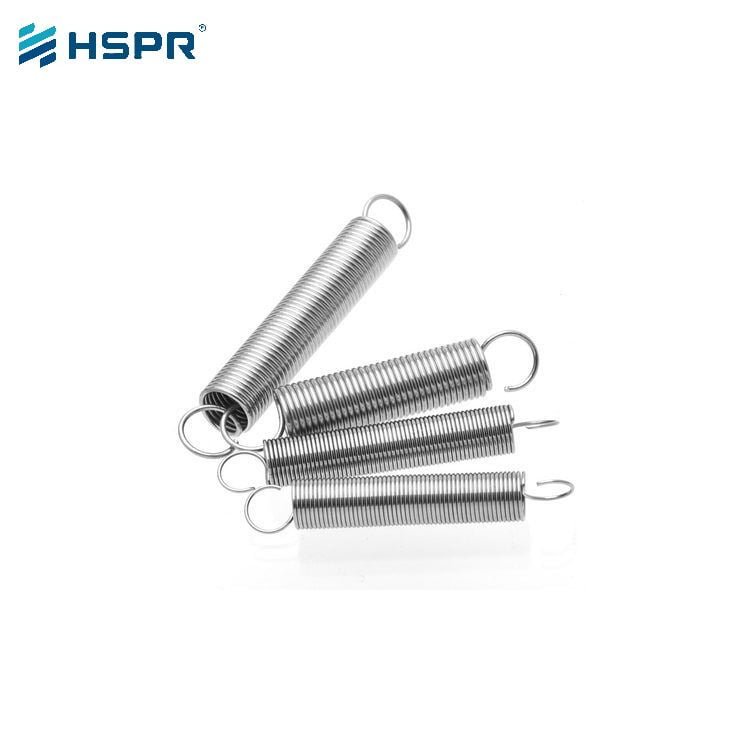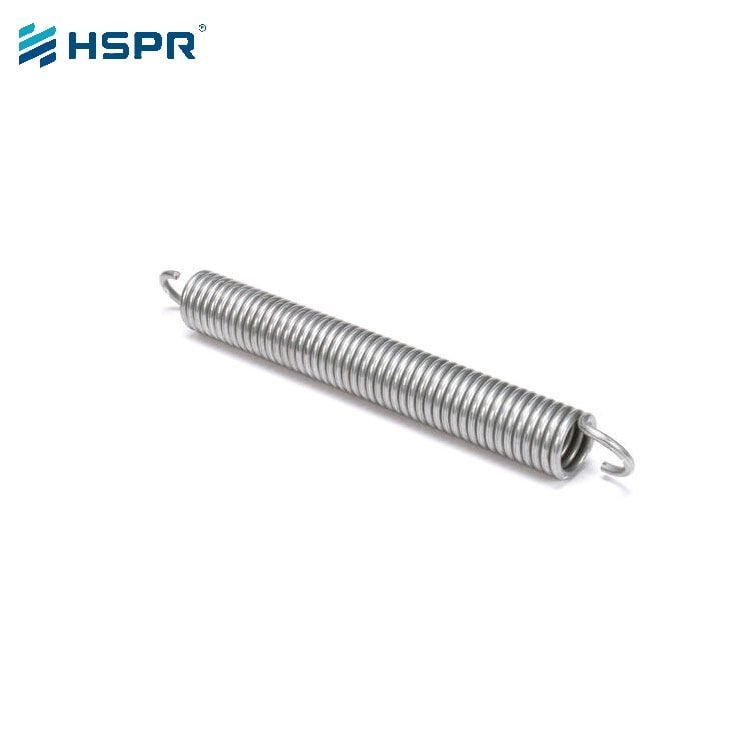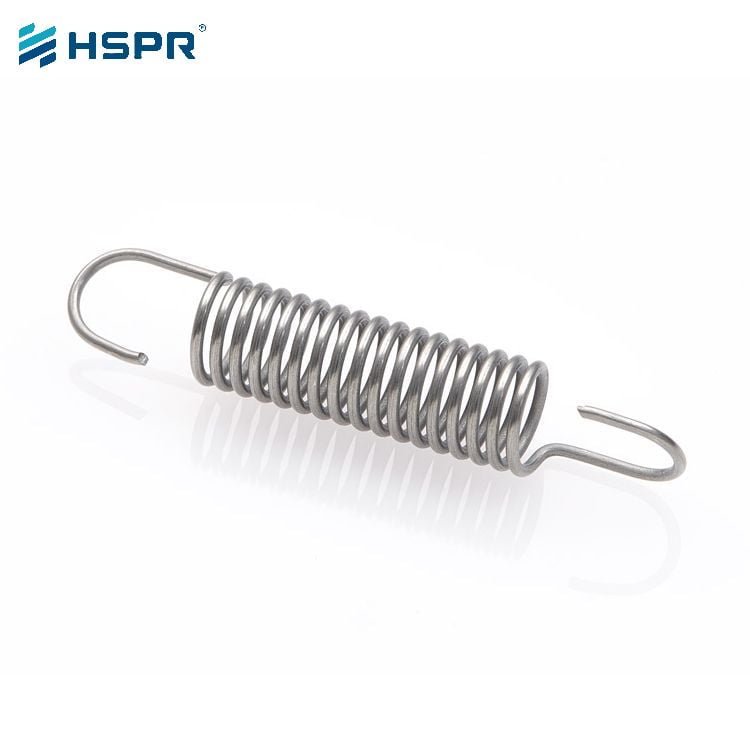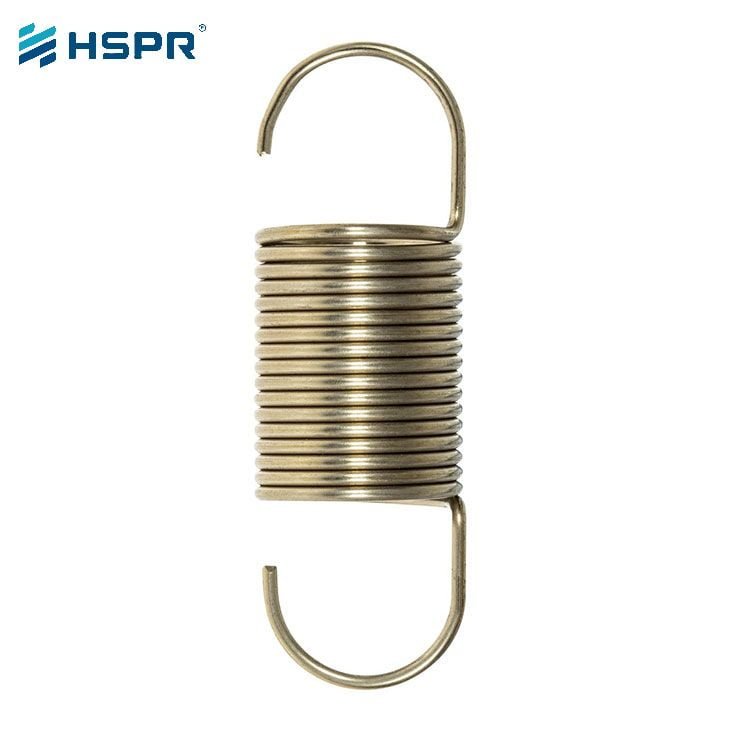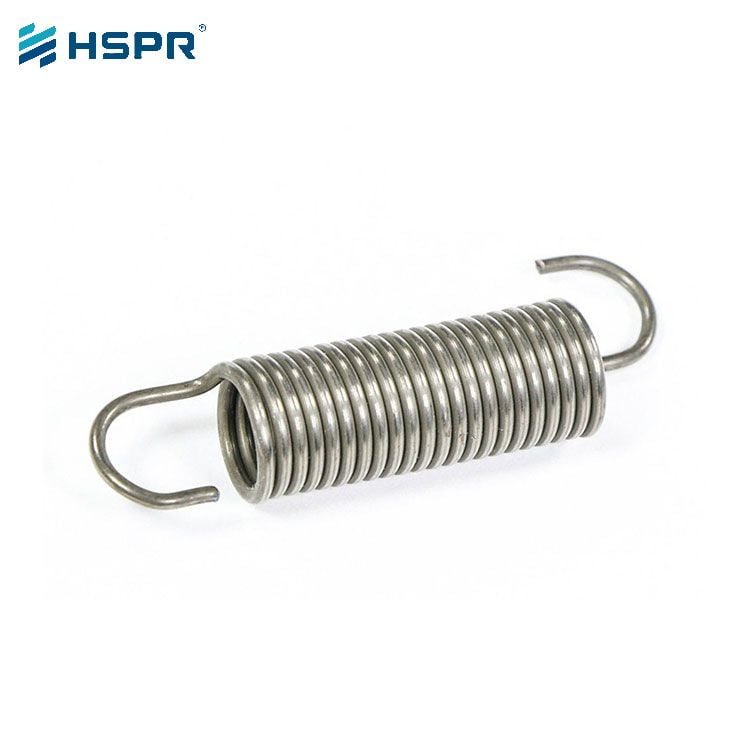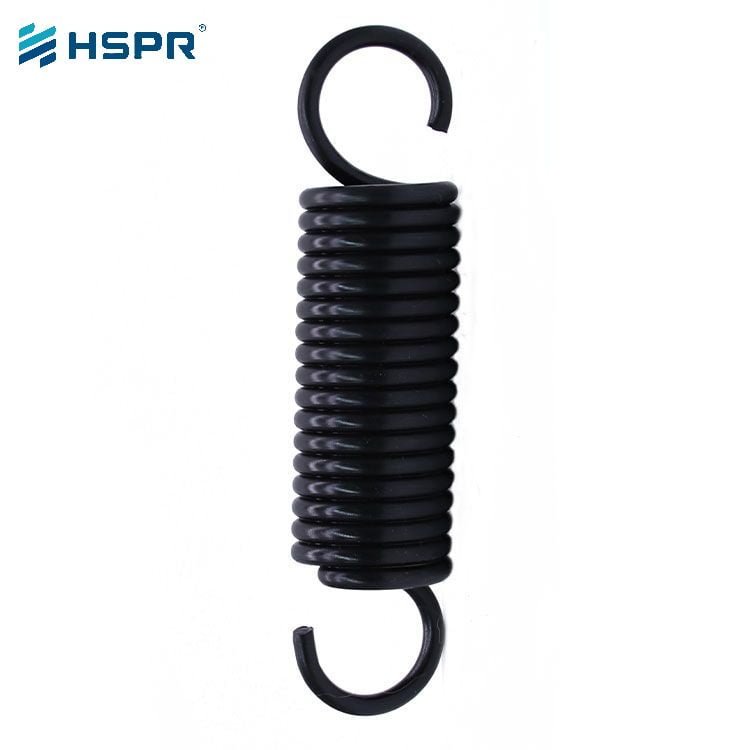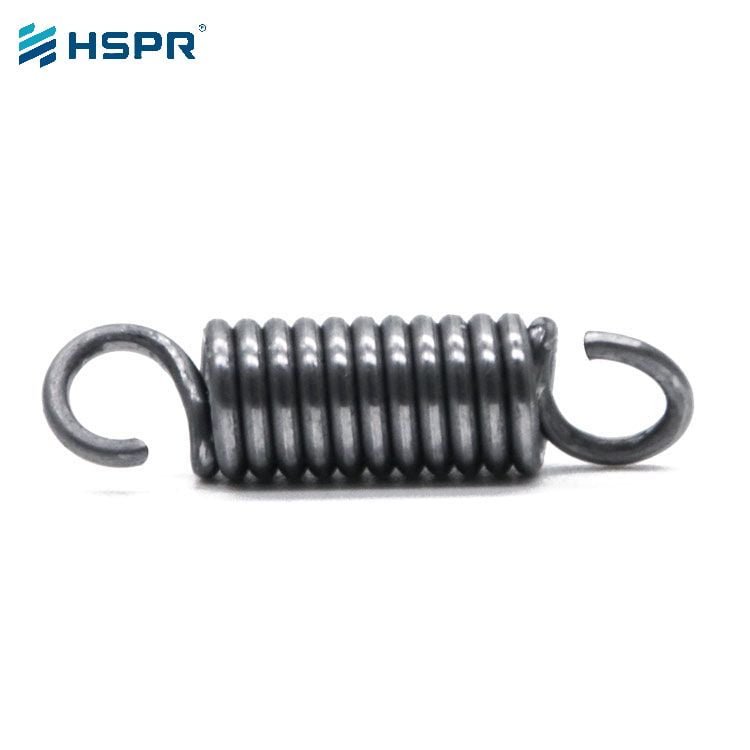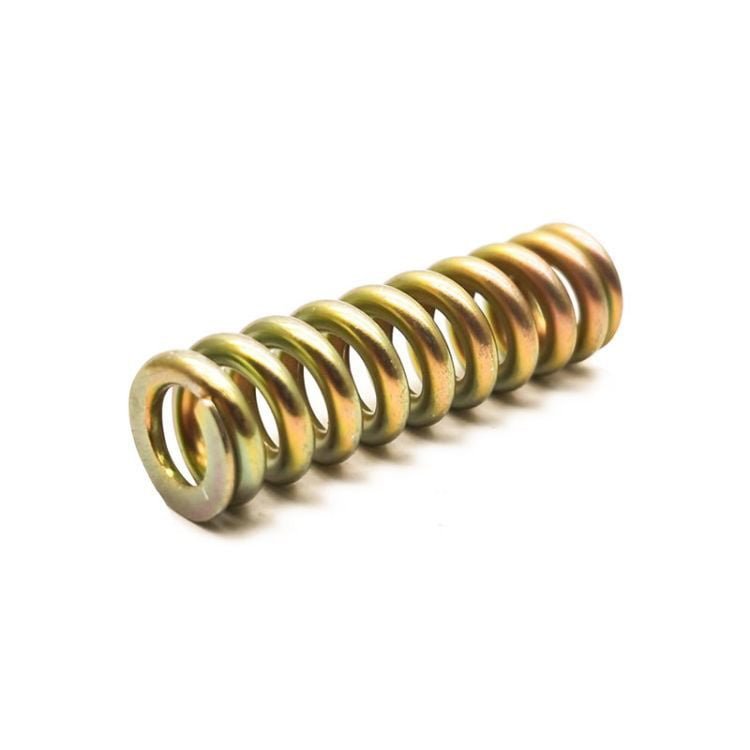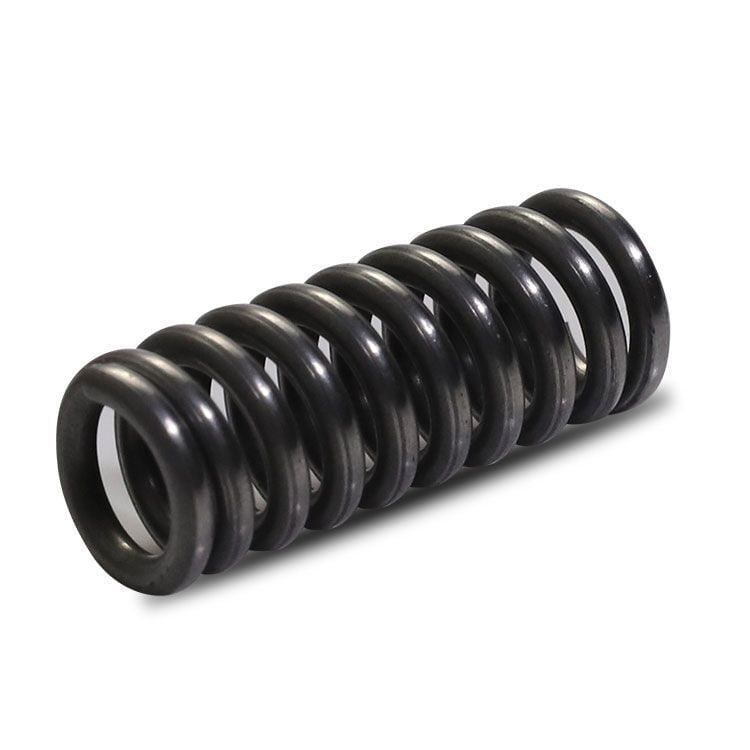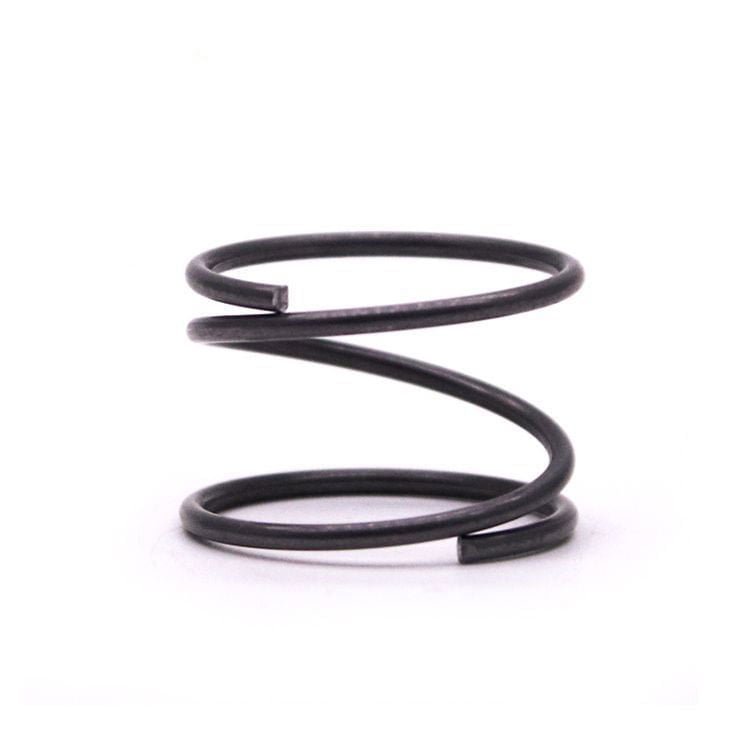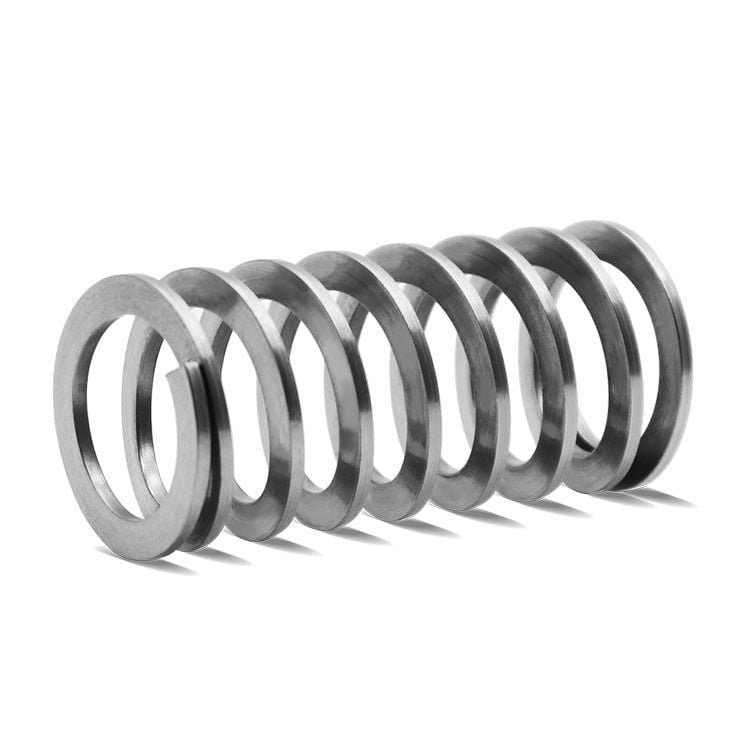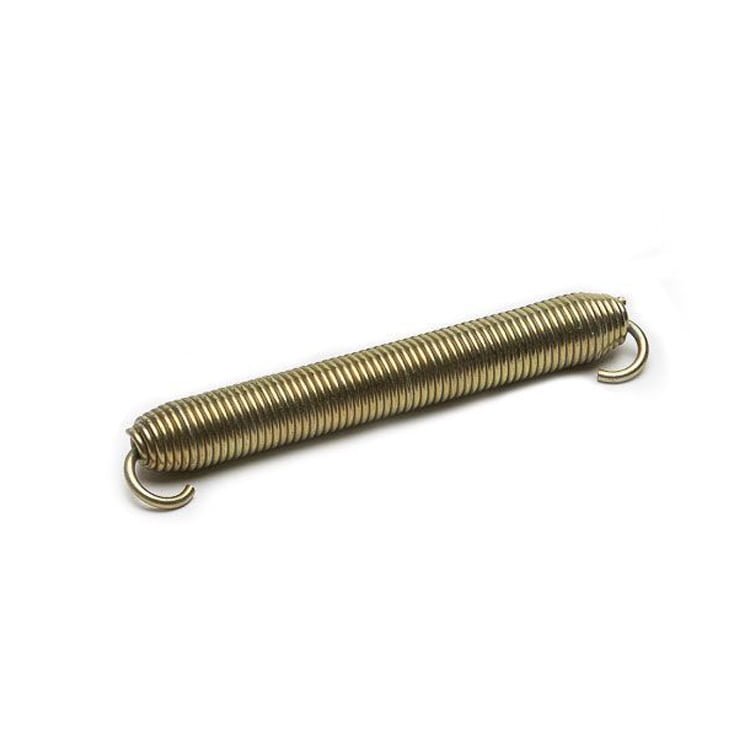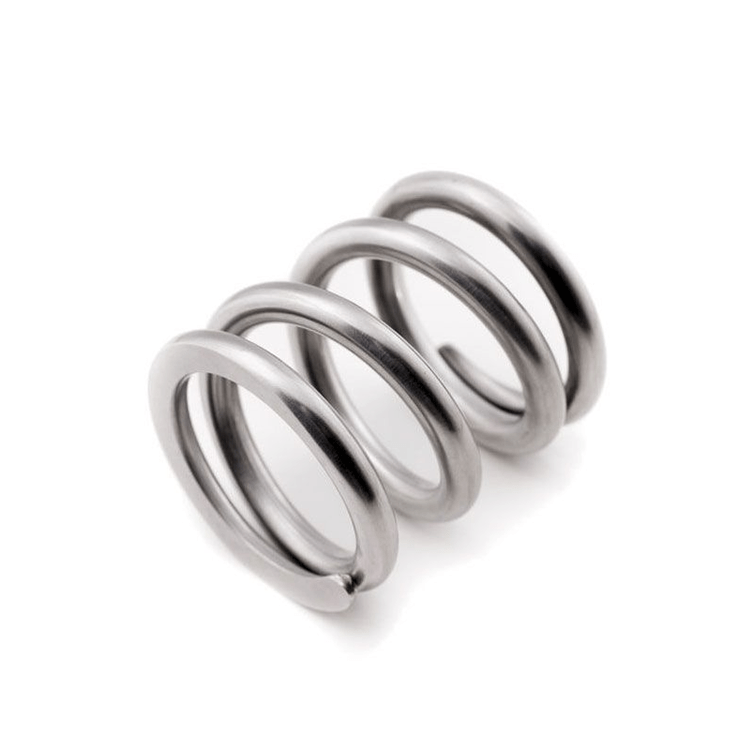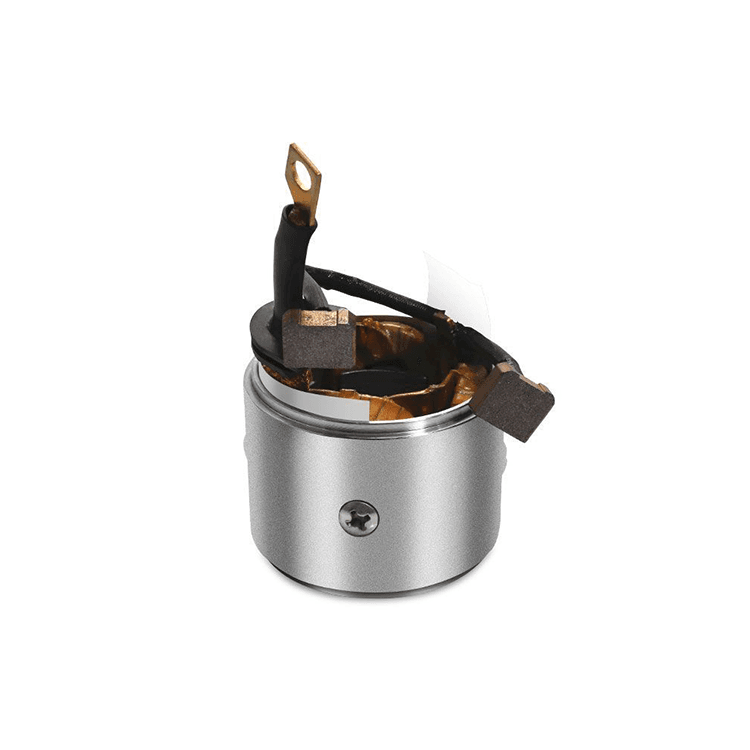Coil extension spring
Coil extension springs are springs made of spiral wound spring wires that hold the coils tightly together to create tension. Coil extension springs apply tension between two mechanisms to store energy. When the mechanisms separate, the extension springs try to pull them back together. The stretch springs use circular wires to create a tight winding design with initial tension.
Between the two mechanisms is a coil stretching the end of the spring to connect, and the hook and loop that extend the spring are able to store and absorb energy. The stretch spring will provide resilience to the connected mechanism through a hook or loo.
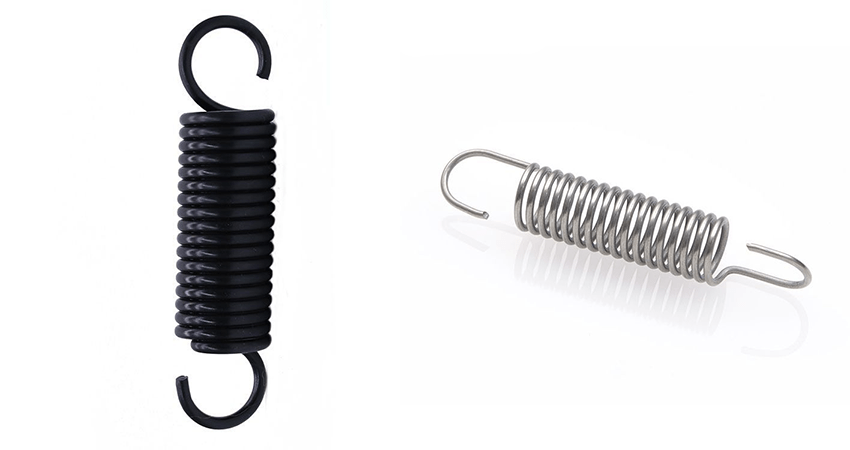
Common applications of coil tension springs:
Stretch springs use a variety of hook or ring end configurations to meet specific functions. The stretch spring end includes a threaded insert, an extension twist ring, a cross center ring, a hook, an enlarged hole, a reduced hole, a rectangular end and a teardrop end.
Modify the hook length and spring body distance to customize the function of stretching the spring. Stretch springs are used in a wide range of everyday objects, from garage doors to tools, washing machines, and toys. Stretch springs have a variety of sizes and a wide range of uses, and can be used as off-road machinery for small medical equipment.
Common uses of coil extension spring include:
- Cleaning equipment
- Agricultural machinery
- Car interiors and exteriors
- Garage door assembly
- Carburetor
- Vice
- Trampoline
- Plaything
Coil extension springs come in a variety of sizes and configurations, including ultra-small springs for medical devices, and large brake springs for off-road machinery.
Coil extension springs absorb and store energy, creating resistance to tension. The ends of these springs are usually connected to other parts, and when these parts are separated, the spring will try to pull them back together. The initial tension determines how tightly the spring is wound. When this initial tension can be manipulated to separate, the spring will try to pull them back together. The initial tension determines how tightly the spring is wound.
This initial tension can be manipulated to meet the load requirements of a particular application. Designs typically have hooks, eyes, or other interface geometries at the end that can be attached to opposing parts. They are often used to provide restoring force to parts that are extended in the actuating position.
A coil extension spring is a mechanical spring characterized by tightly wound coiled coils that undergo elastic deformation when they absorb a tensile load. As the name suggests, these tensile loads cause the length of the spring to extend. Like other springs, their main function is to store and release energy by resisting the external tension applied to the end of the spring. This resistance stores energy and creates a force in the opposite direction of the spring’s stretching.
Thus, stretch springs are connected to parts that are far away from each other. Stretching releases stored energy, bringing the parts back together. By looking at stretched springs in consumer products such as trampolines, you can intuitively see this mechanical action. Under load, the stretching spring surrounds the perimeter of the trampoline and then creates a reaction force when unloaded, pushing the trampoline pad upward.
Design parameters of coil extension spring:
- Free length: is the length of the spring in the no-load position (measured from the end ring)
- Extension length: It is the length of the full rated extension.
- Spring stiffness and maximum load:
Spring rate is the force in unit of the amount of spring deformation, such as pounds per inch formed.
The maximum load is the load at full rated stretch.
